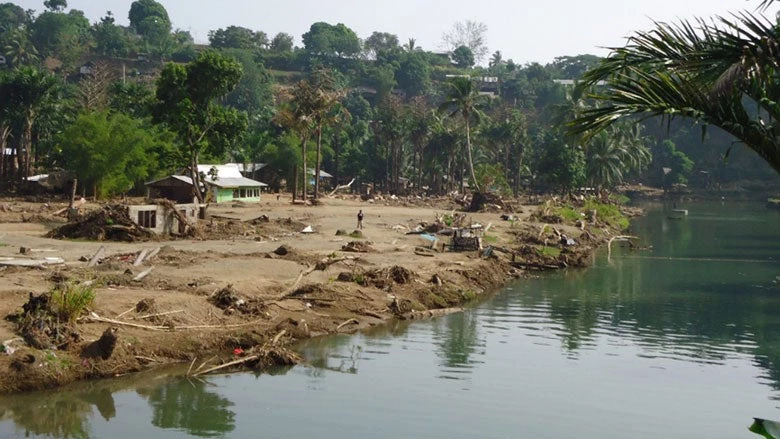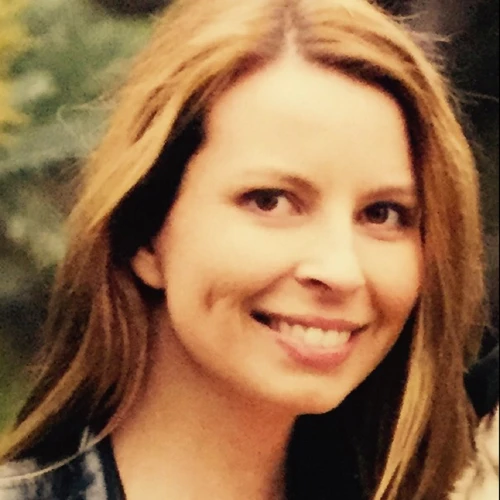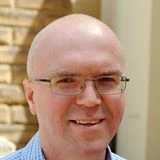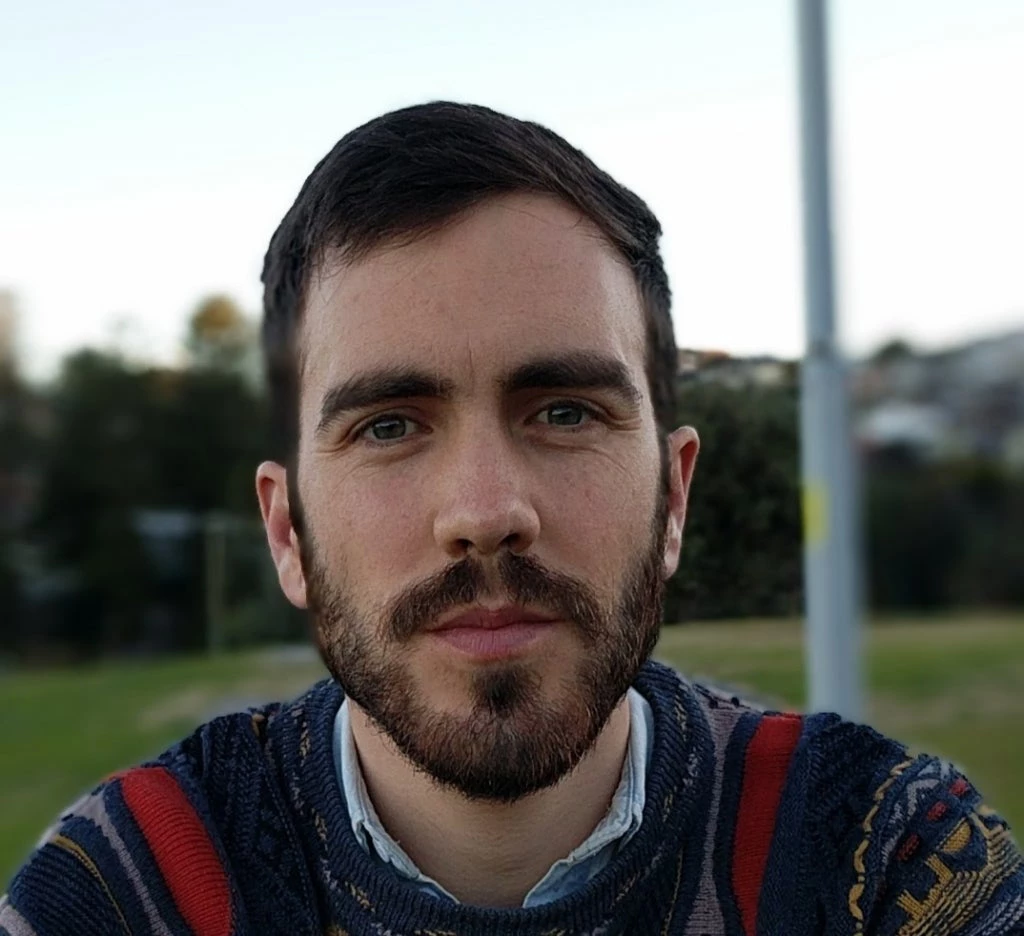
‘Are we there yet?’ On a long road trip, perhaps you’ve asked or heard this question.
Let’s direct this question to the state of urban flood risk management in Pacific Island countries. In this case, the ‘destination’ is flood-resilient communities.
For Pacific Island countries, no, we’re not there yet, but are we heading in the right direction?
A disaster is not an inevitable consequence of flooding, even for severe flooding. Instead, flood disasters are typically caused by a complex and ever-changing interplay of hazard, exposure and vulnerability.
For example, in Honiara, Solomon Islands, 21 lives were lost following flooding in April 2014. While this was an extreme flood, the tragic loss of life was fundamentally the result of highly exposed houses, and a shortfall of serviced land outside of the floodplain to accommodate arrivals driven in part by increasing rural-urban migration.
Imagine a situation where, after a record downpour, the damage to buildings and roads is minimal, the disruption to livelihoods and schools is short-lived, and no lives are lost. That’s the goal of flood risk managers, and the final destination on the sustainable flood risk management journey.
To help track progress towards effective flood risk management, the World Bank, with support from the Global Facility for Disaster Reduction and Recovery, has prepared a Knowledge Note that outlines a ready-to-use method for measuring progress. The method was designed for application in Pacific Island countries, where disastrous floods have occurred in recent years, including Fiji, Samoa, the Solomon Islands and Vanuatu.
Twelve benchmarks or “tracking tools” are described, covering most aspects of a flood risk management process, including understanding the flood risks, evaluating options to better manage the risk, and implementing an integrated flood risk masterplan.
The tracking exercise identifies gaps in current practice and informs priorities for advancing flood risk management, before outlining the following two key recommendations:
- Develop holistic, integrated and sustainable governance of the process, with full involvement of the affected communities in that process.
- Recognize that best practice flood risk management requires a process, in which a robust assessment of flood risks, and evaluation of alternative options should precede the implementation of measures.
Nonetheless, the tracking tool shows that in the four Pacific Island countries, there has been progress in flood risk management:
- In recent years, flood hazard maps were prepared for some of the most at-risk areas in the region.
- A training course was delivered to help town planners from six countries incorporate this emerging flood risk information into development decisions.
- As part of the Pacific Resilience Program, the World Bank is currently supporting the governments of Samoa and Tonga to strengthen their meteorological and emergency response organizations, enabling better forecasting of heavy rainfall events, and response to floods.
With tools like these, we can continue to monitor and plan for how we reach the goal of building and sustaining flood-resilient communities in the Pacific Islands, perhaps one day being able to give a big ‘yes!’ to the question ‘ are we there yet?’.




Join the Conversation